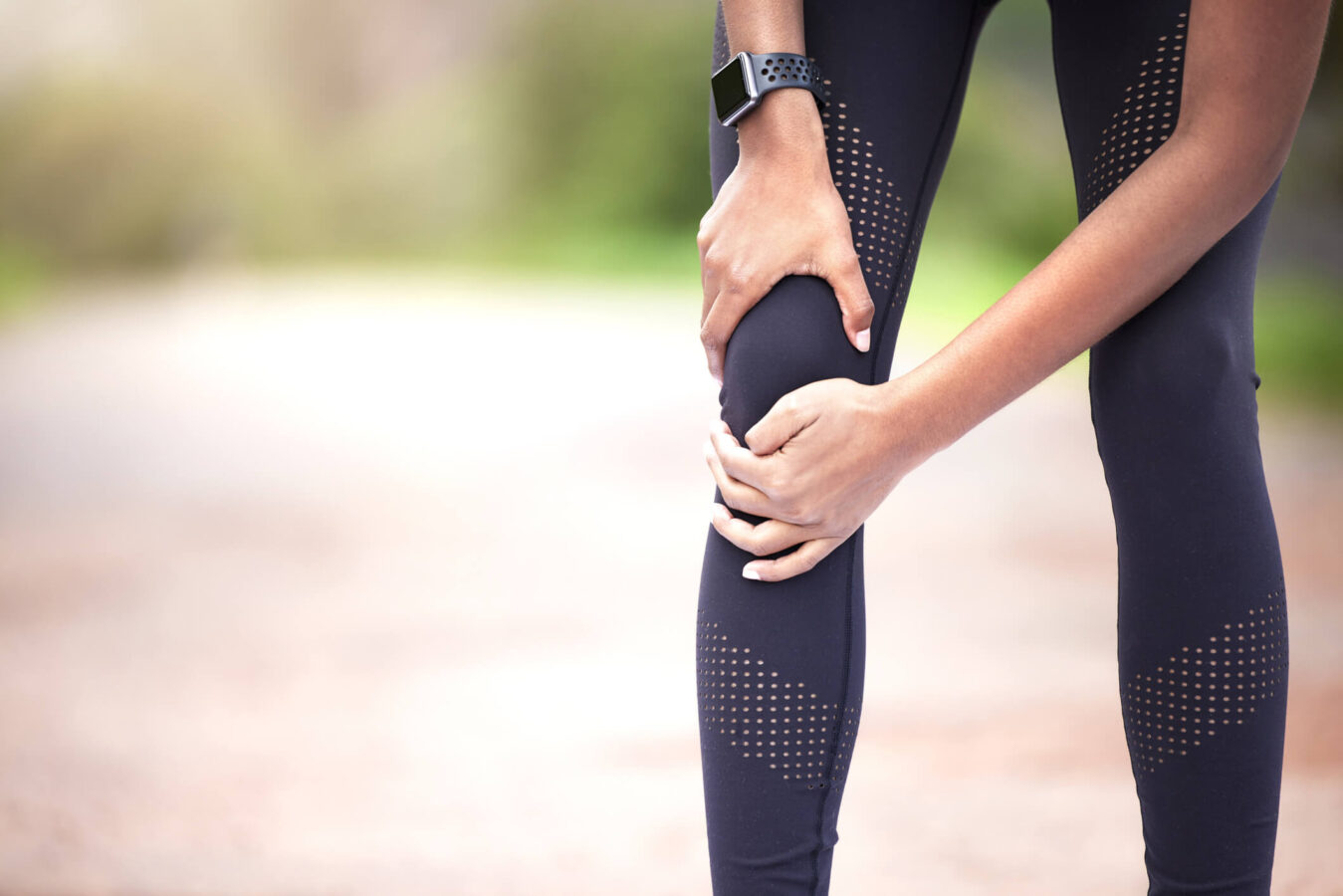
By Tim Mazer, RVP, Western Pennsylvania
For those over the age of 50 living with worsening knee pain caused by osteoarthritis, a total knee replacement (TKR) may be in your future.
Osteoarthritis is a progressive, degenerative condition that can become crippling and limit activities such as walking and stair climbing. If pain is associated with even the simplest of daily activities and other treatment options (physical therapy, injections, braces) have not helped, then a TKR may be a very good option to help restore a normal lifestyle.
The knee joint comprises three bones; the femur, tibia, and patella. A smooth covering, called articular cartilage, covers the joining surfaces of these bones. This covering cushions the joint and ensures that it moves easily.
Through years of wear and tear, or perhaps because of injury, this cartilage can break down to where bone rubs bone – also known as osteoarthritis. Once the joint has suffered this much damage, the only real option for long-term relief is to replace the worn-out parts.
This surgery will replace the damaged joint, either in part, called a hemi arthroplasty, or in full, which is a TKR. Your surgeon will help you determine which option is right for you. With either surgery, the arthritic portion of the joint is removed and replaced with implants made of metal and plastic. After proper recovery time, including physical therapy, it is possible to return to normal activities without pain and with very few limitations.
The average hospital stay after TKR surgery is three to five days, but in recent years the time spent in the hospital is on the decrease. In some cases, TKR can be performed as outpatient or same-day surgery.
The ultimate success of TKR surgery depends on many factors. It is important to follow the orders of your doctor and physical therapist as you are going through this for the first time, but you can take comfort in knowing that they have guided many patients through recovery.
There is no hiding the fact that in the early period after surgery, there is pain. However, it does not have to be incredible pain, and it is important to remember that this pain (unlike the pain of osteoarthritis) will go away.
It is possible to manage the pain with prescribed medications and with simple techniques such as proper positioning, ice, and even some exercise. The intensity of the pain should subside fairly quickly, but it is different for everyone. Controlling the pain and finding a way to participate actively in your recovery is important. Generally, the more effort that you put into your recovery, the better (and faster) your recovery will be.
Work to stay motivated throughout your recovery. A good physical therapist not only will have the tools to help you recover but should make it easy to see your progress and stay motivated. The main goals of recovery (other than eliminating pain) are to regain range of motion and strength.